Coral reefs are some of, if not the most important ecosystems in the world’s oceans. While the majority of these reefs sit just a few feet below the ocean’s surfaces along the many coastlines, scientists have found that some coral reefs have been hiding hundreds of feet down.
In fact, scientists recently discovered an absolutely incredible coral reef off the Galápagos Islands, more than 1,300 feet below the surface. This reef has never been seen or touched by humans, and it could tell us a great deal about these vital ecosystems.
The Importance of Coral Reefs
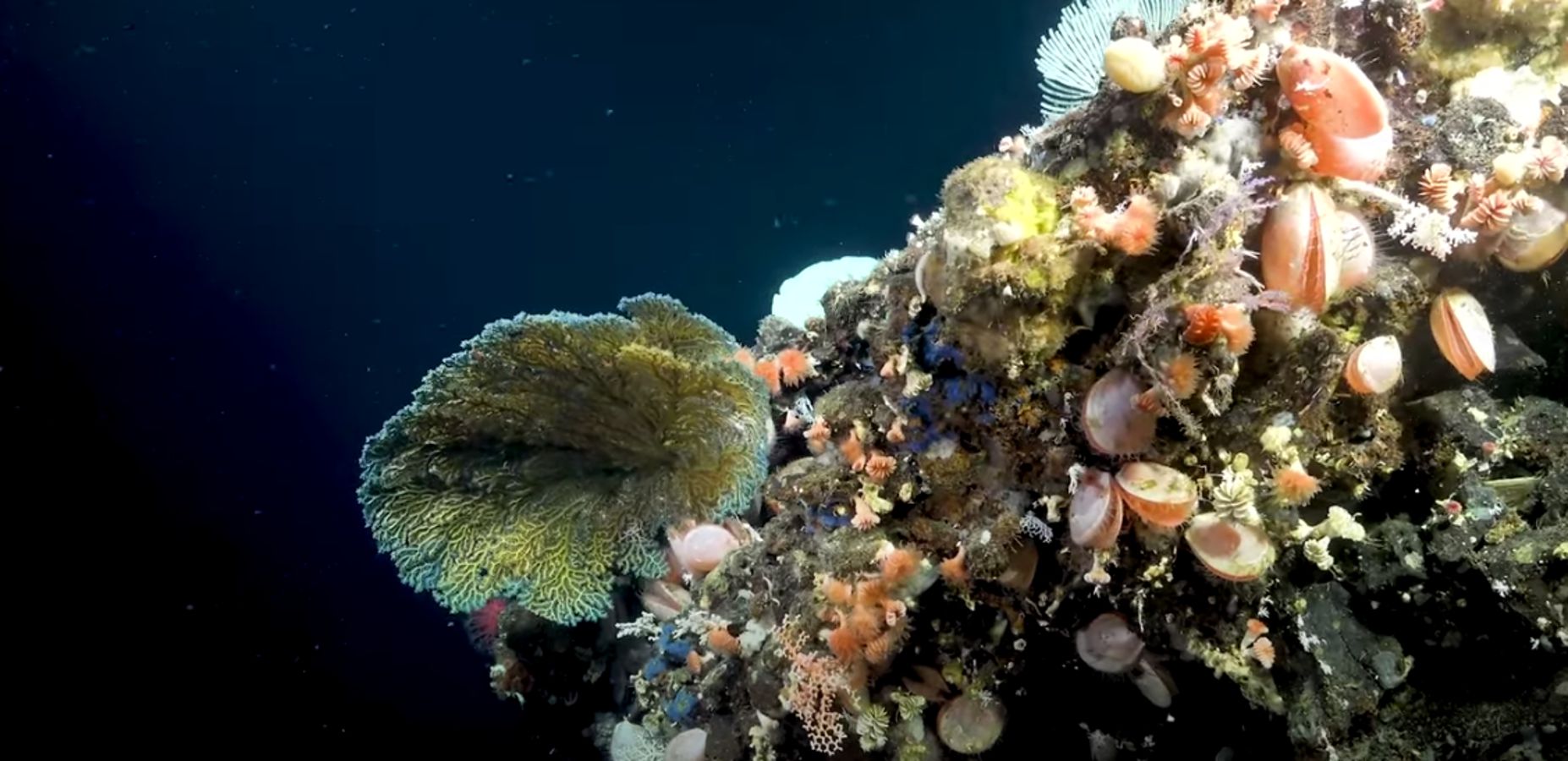
Before diving into the recent discovery of a giant coral reef deep within the Pacific Ocean, it’s first crucial to understand why coral reefs are so interesting and important to our planet.
As the National Ocean Service (NOAA) explains, “Coral reefs are some of the most diverse and valuable ecosystems on Earth. Home to over 4,000 species of fish, corals, and other marine life, coral reefs cover only 1% of the world’s oceans but provide habitat for at least 25% of the world’s marine life.”
Shallow Coral Reefs Are Dying

Unfortunately, as climate change warms the planet’s air and oceans, the important coral reefs are dying at an alarming rate. NOAA explained, “A warming ocean causes thermal stress that contributes to coral bleaching and infectious disease.”
Additionally, rising sea levels, another side effect of climate change, “lead[s] to increases in sedimentation for reefs located near land-based sources of sediment. Sedimentation runoff can lead to the smothering of coral.”
Exploring the Ocean’s Deep Waters
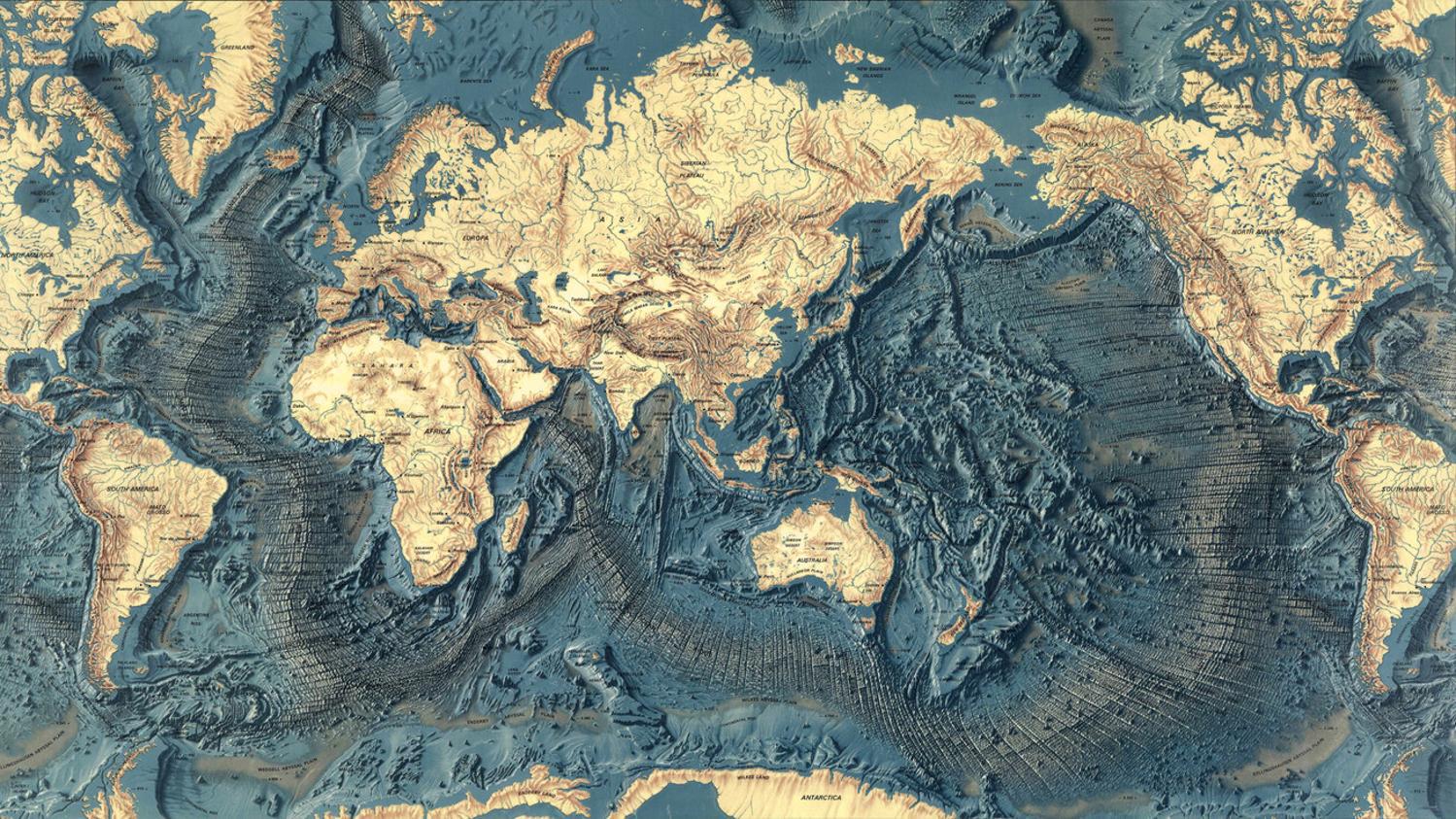
While many researchers have focused their efforts on studying shallow coral reefs and how they are being affected by the changing climate, other scientists have decided to dig a little deeper, literally.
Thanks to new technology, including extremely efficient deep-sea robots, scientists have finally been able to explore some of the deepest crevices of the world’s oceans. And their discoveries are both exciting and extremely important.
Searching the Oceans Off the Coast of South America

One such team of scientists from the Schmidt Ocean Institute went hunting for information in the depths of the Pacific Ocean along the coast of the Galápagos Islands, which are located alongside the nation of Ecuador in South America.
The Galápagos Islands are a volcanic archipelago that is considered one of the world’s most interesting geographic locations. Sitting at the confluence of several currents, the land and the waters around the Galápagos provide the perfect environment for a wide variety of wildlife.
Finding a Giant Coral Reef Alongside the Galápagos
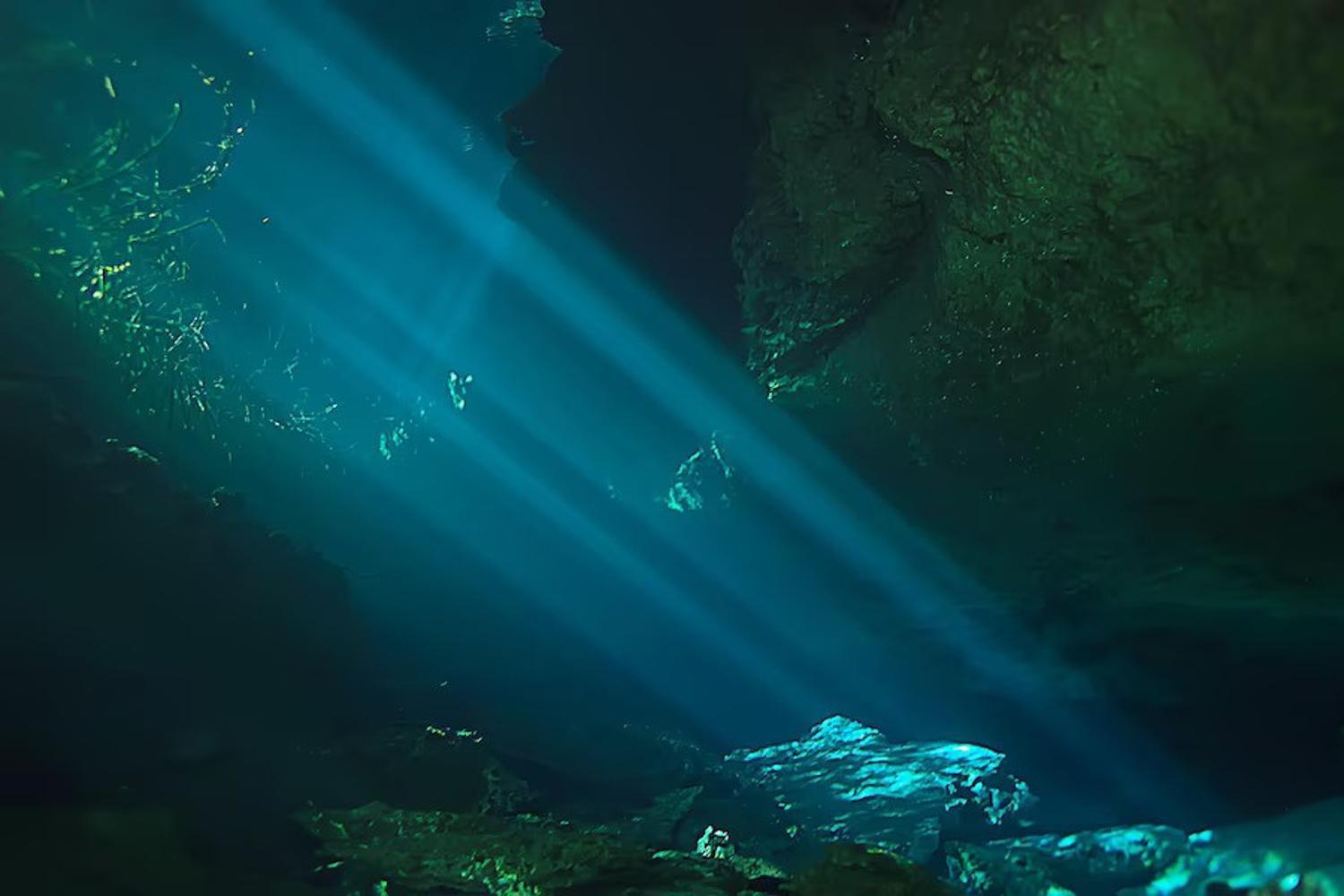
During an incredible 30-day exploration using deep-sea robots, researchers from the Schmidt Ocean Institute, a nonprofit organization, found an absolutely enormous coral reef about 1,300 feet before the surface.
While they were certainly looking for coral reefs, the scientists definitely did not expect to find one so large and well-preserved.
The Galápagos Coral Reef Is the Size of Eight Football Fields

According to the Schmidt Ocean Institute, the coral reef they found is about 82 feet wide and a whopping 2,624 feet long.
To compare, that’s the equivalent of almost eight football fields back to back. But, even at this incredible size, the vastness of the coral reef isn’t even the most exciting aspect of this discovery.
The Deep-Sea Robot Found an Amazing Amount of Life in the Coral Reef
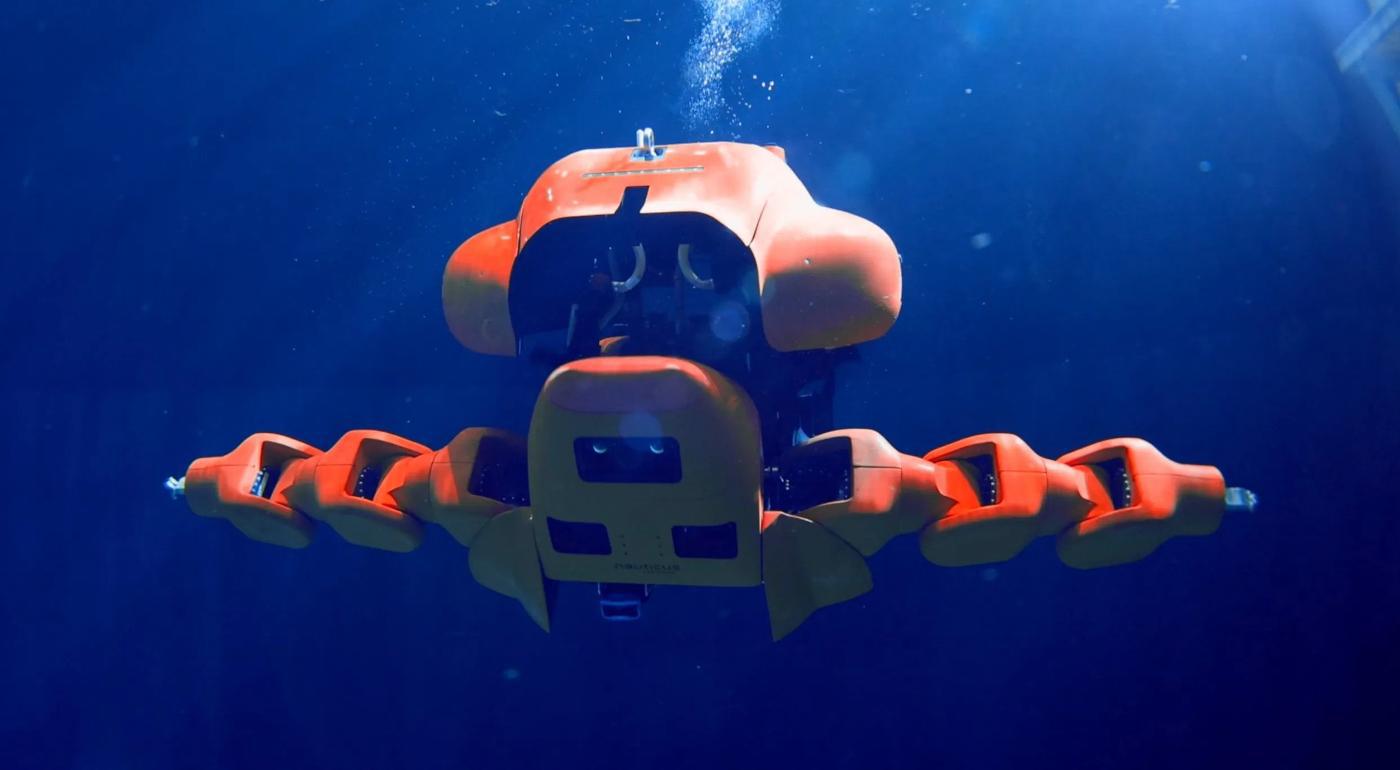
Even more than its size, what was exceptionally interesting about the coral reef off the coast of the Galápagos was the extensive amount of wildlife present there.
Of course, researchers have always known that coral reefs are home to a massive number of animal and plant species, but the photographs that the robot took showed variety beyond the scientists’ wildest imaginations.
This Coral Reef Has Existed for Thousands of Years
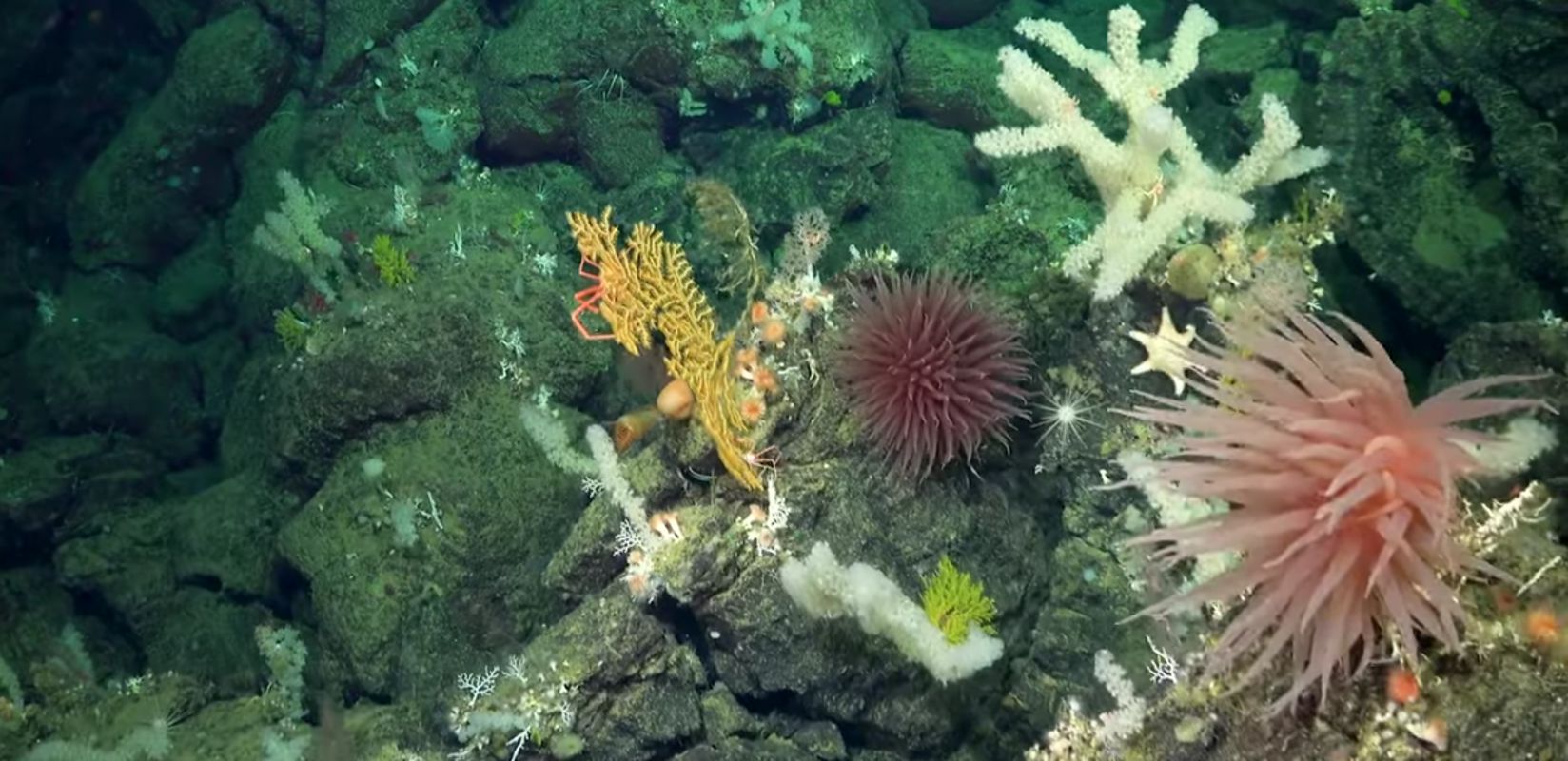
According to the Schmidt Ocean Institute, “[The reefs] exhibit a rich diversity of stony coral species, suggesting that they have likely been forming and supporting marine biodiversity for thousands of years.”
The researchers explained that the dim light and cold waters, as well as the lack of interference from humans, allowed the reef to thrive in a way that the shallower reefs around the world never could.
A Basement You Never Knew Was There
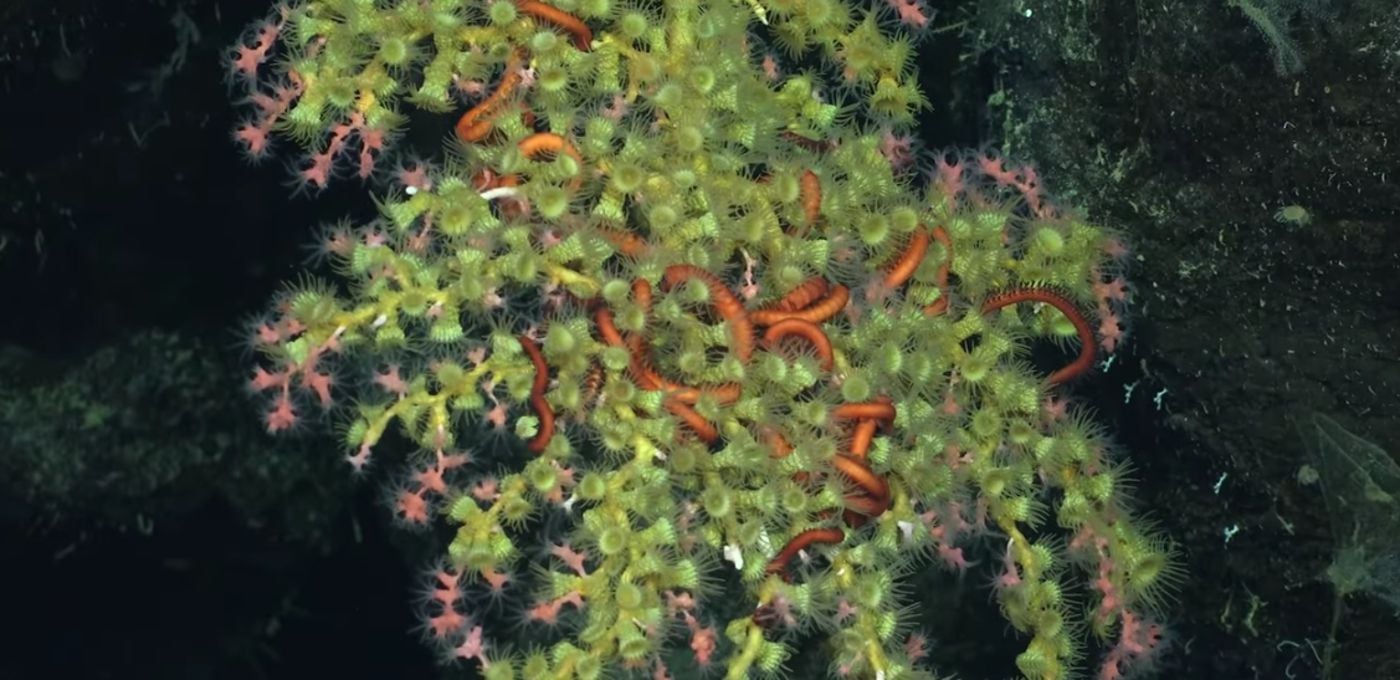
Stuart Banks, an oceanographer from the Charles Darwin Research Center and the leader of the exploration, said that finding the reef “[was] like coming into your house and realizing that you’ve got a basement that you never knew was there. And it’s full of really cool stuff.”
However, Banks and the other team members want people to understand that this discovery isn’t just “cool” for marine biologists; it’s also an incredibly important finding for the health and success of the planet.
Climate Change Is Drastically Affecting Our World’s Oceans
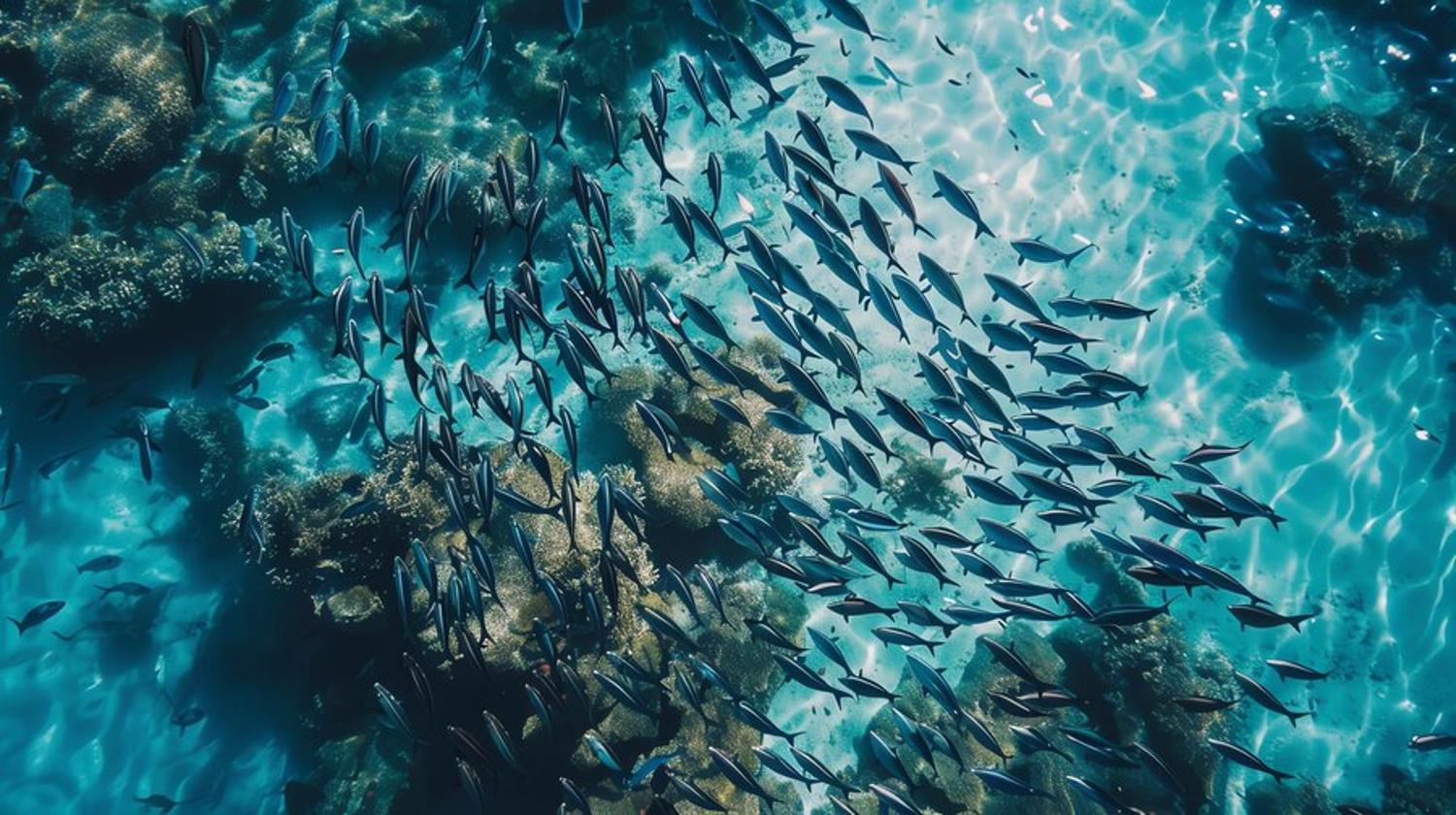
As we all know, the negative side effects of climate change are already present all around the world. Warming air and water temperatures have led to forest fires, hurricanes, tsunamis, drought, flooding, and other extreme weather.
Rising sea levels are causing problems for both coastal regions and marine life, as is plastic and chemical pollution. Not to mention the fact that coral reefs are dying and biodiversity throughout the world’s oceans is decreasing at a dangerous rate.
How Could Understanding Coral Reefs Help Save the Planet?
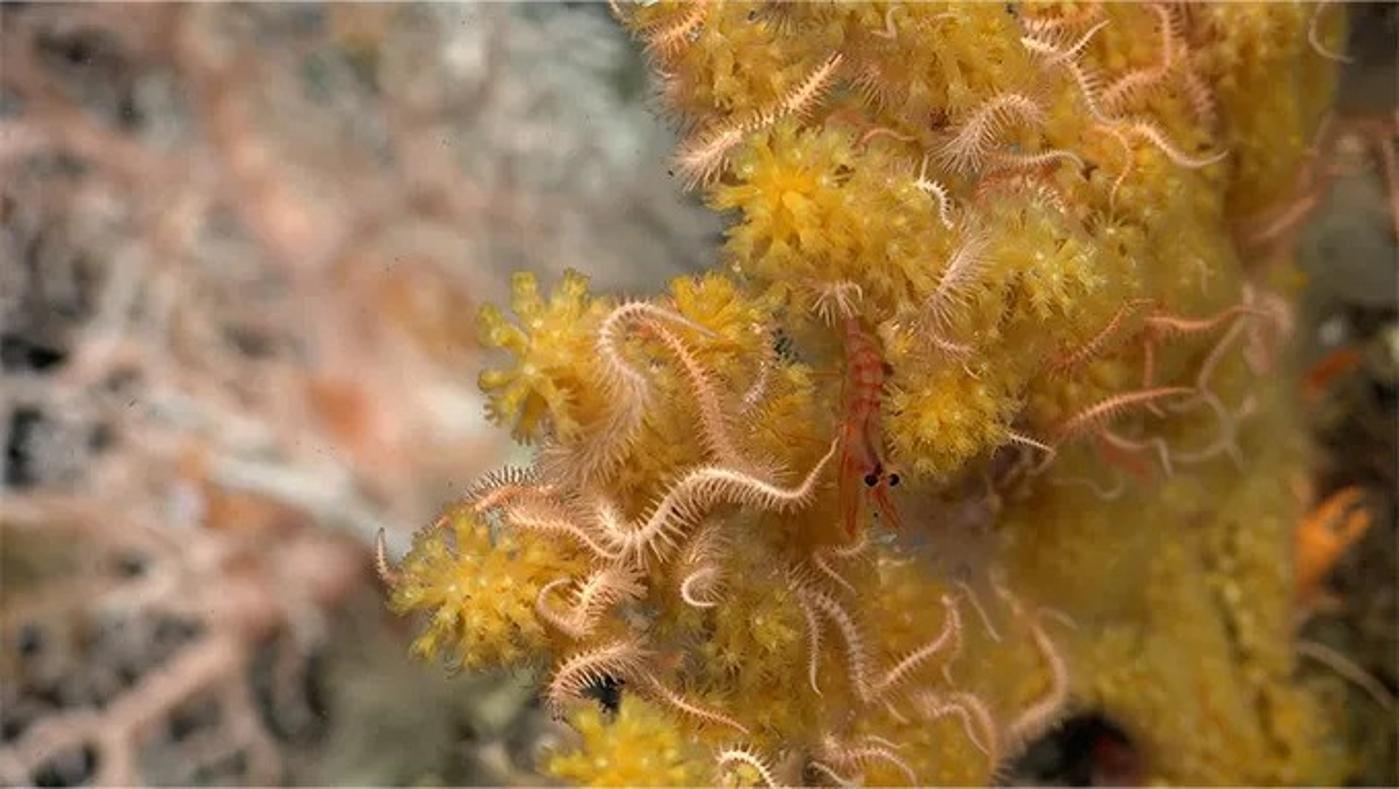
And as Danny Rueda Córdova, director of the Galápagos National Park Directorate, explained, mapping these reefs “is not only valuable from a scientific perspective.”
He continued, “It also provides a solid foundation for decision-making that effectively protects these ecosystems, safeguarding the biological diversity they harbor and ensuring their resilience in a constantly changing environment.”








































